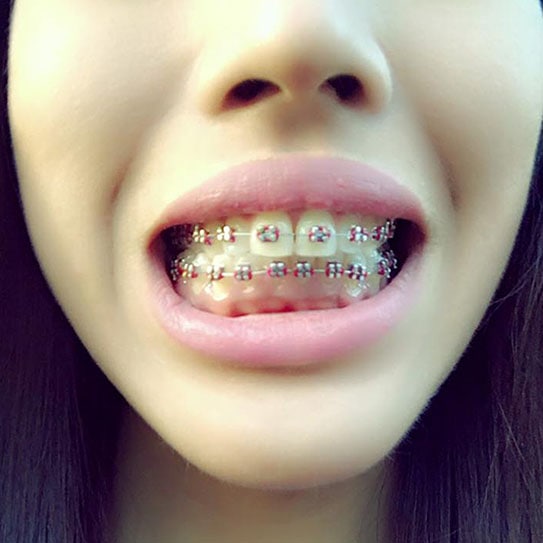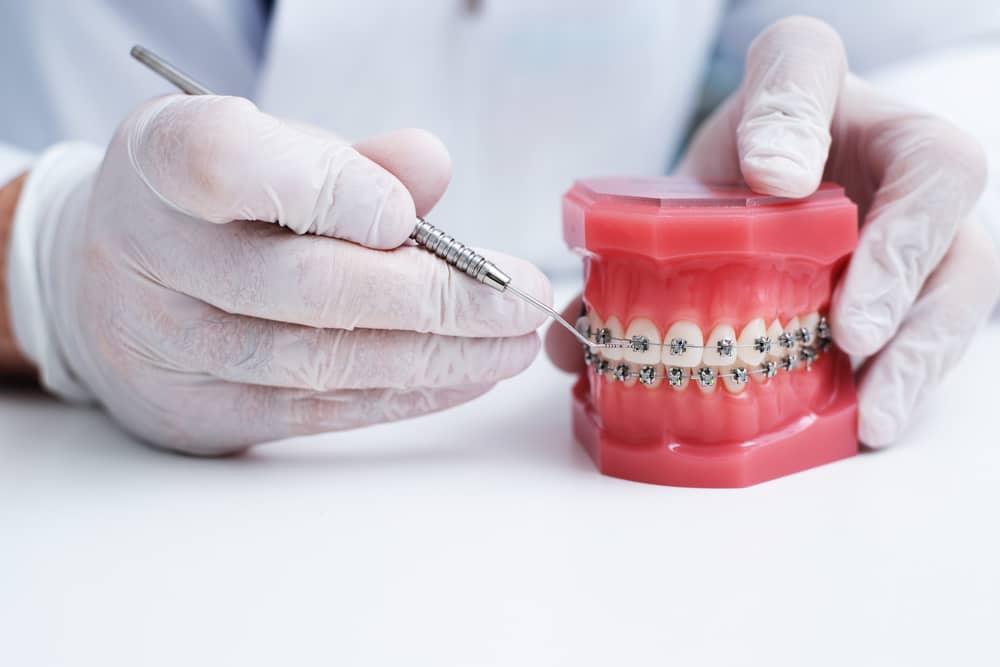How All Star Family Orthodontics can Save You Time, Stress, and Money.
Table of ContentsAll Star Family Orthodontics for BeginnersSome Ideas on All Star Family Orthodontics You Should KnowThe Ultimate Guide To All Star Family OrthodonticsNot known Details About All Star Family Orthodontics What Does All Star Family Orthodontics Mean?

At Advanced Orthodontics, we offer people with a alternative therapy experience. Additionally, we offer adjustable treatment timetables, adaptable repayment options and a fun, satisfying experience - orthodontist. Phone call ( 480) 357-4900 today to find out more and routine an appointment.
An orthodontist is a dental expert trained to diagnose, stop, and treat teeth and jaw abnormalities. Orthodontists work with individuals of all ages, from children to grownups.
Malocclusion, or misaligned teeth, can cause dental problems, consisting of tooth decay, gum tissue condition, and challenging or excruciating eating. Not everybody is birthed with straight teeth. If you have a poor bite or huge areas between your teeth, you might wish to get in touch with a dental expert focusing on orthodontic care.
The Ultimate Guide To All Star Family Orthodontics
(Photo Credit: DigitalVision/Getty Images) Orthodontists make use of dealt with and removable dental devices, like braces, retainers, and bands, to alter the setting of teeth in your mouth. Orthodontic treatment is for oral irregularities, consisting of: Uneven teethBite problems, like an overbite or an underbiteCrowded teeth or teeth that are also far apartJaw misalignmentThe goal of orthodontic treatment is to enhance your bite.
While you could think of orthodontists as mainly for youngsters or teenagers who need dental braces, they can deal with oral issues at any age. Orthodontists attend college, dental college, and orthodontic school.
, however not all dental professionals are orthodontists. They concentrate on two locations: Exactly how to correctly and securely move teeth How to effectively guide growth in the teeth, jaw, and faceOnce an orthodontist has actually finished training, they have the choice to come to be board certified.
All Star Family Orthodontics Things To Know Before You Get This
Misalignment, or malocclusion, is one of the most usual factor individuals see an orthodontist. It is genetic and is the outcome of dimension distinctions between the upper and reduced jaw or between the jaw and teeth. Malocclusion results in tooth overcrowding, a misshapen jaw, or uneven bite patterns. Malocclusion is generally treated with: Your orthodontist attaches metal, ceramic, or plastic square bonds to your teeth.
If you have just minor malocclusion, you might be able to utilize clear dental braces, called aligners, instead of typical dental braces. Some individuals need a headgear to help relocate teeth into line with stress from outside the mouth. After braces or aligners, you'll require to wear a retainer. A retainer is a custom device that keeps your teeth in position.

You might need to see an orthodontist if you have: Crowding or not adequate room for all of your teethOverbite, when your top teeth come by your base teethUnderbite, when your base teeth are as well much forwardSpacing or issues with gapsCrossbite, which is when your top teeth fit behind your base teeth when your mouth is closedOpen bite or an upright gap in between your front bottom and upper teethMisplaced midline, when the center of your base and top teeth do not line up Fixing a dental malocclusion can: Make biting, chewing, and speaking easierImprove the balance of our face and your general appearanceEase pain from temporomandibular joint problemsDifferent your teeth and make them much easier to cleanse, helping protect against tooth decay or tooth cavities It's frequently a dentist that initially notices misaligned teeth during a regular examination.
All Star Family Orthodontics - An Overview
During your very first orthodontic consultation, you'll likely have: A dental examPhotos taken of your face and smileDental X-raysPanoramic (360 degree) X-rays of your face and headImpressions to develop molds of your teethThese tests will aid your orthodontist know how to continue with your therapy. An orthodontist is a dental practitioner who's had training to treat your teeth and jaw.
Orthodontists are dental professionals but not all dental practitioners are orthodontists. Orthodontists are concentrated on your bite, or the means your teeth fit with each other, and the straightness of your teeth.

This initial consultation entails an aesthetic exam of your teeth and attack, X-rays, and possibly even 3D scans. By diligently evaluating these aspects, the orthodontist can identify any type of misalignments, crowding, spacing problems, or jaw discrepancies. As soon as a clear image is established, the orthodontist will talk about tailored therapy choices. This conversation will certainly cover the kind of braces or aligners advised (standard steel dental braces, clear aligners like Invisalign, etc), the projected treatment duration, and any type of prospective obstacles or side effects.
The Basic Principles Of All Star Family Orthodontics
While braces are one of the most commonly identified orthodontic treatment, orthodontists have a varied toolkit at their disposal. The certain strategy picked relies on the intensity of the case, the client's age, and specific preferences. These reliable braces make use of a system of brackets bound to the teeth and connected by cables.
Clear aligners, like Invisalign, are a prominent option for patients seeking a more discreet treatment alternative. These detachable trays are personalized to considerably shift the teeth's placement. Headgear may be used together with dental braces or aligners to use additional targeted pressures, specifically for remedying jaw disparities. In cases of narrow jaws, palatal expanders can be utilized to develop room for proper tooth alignment.